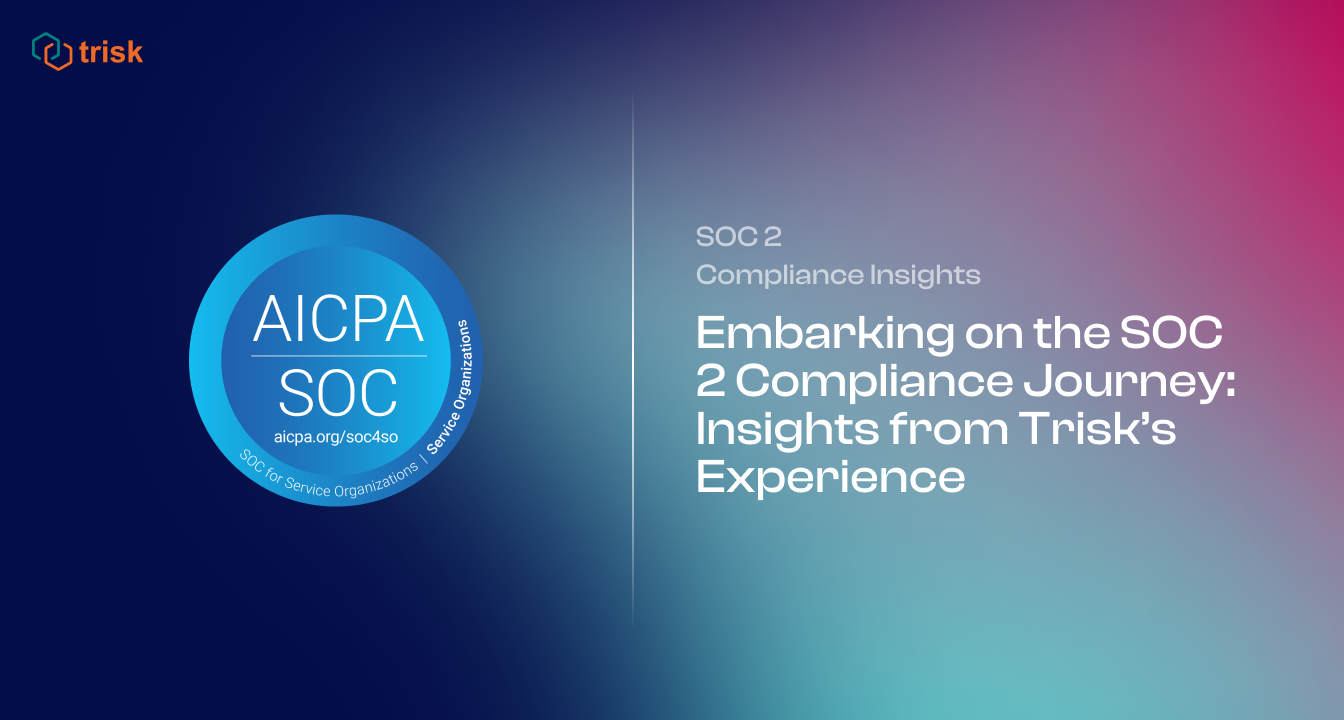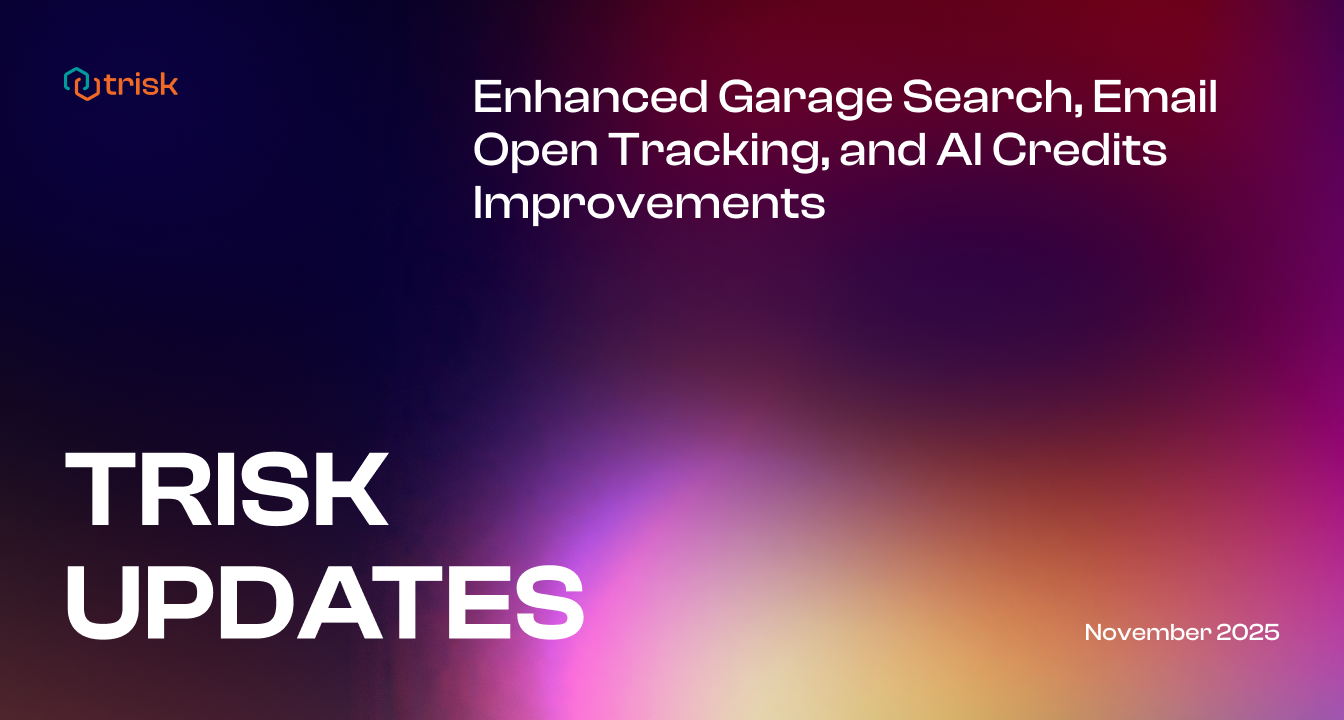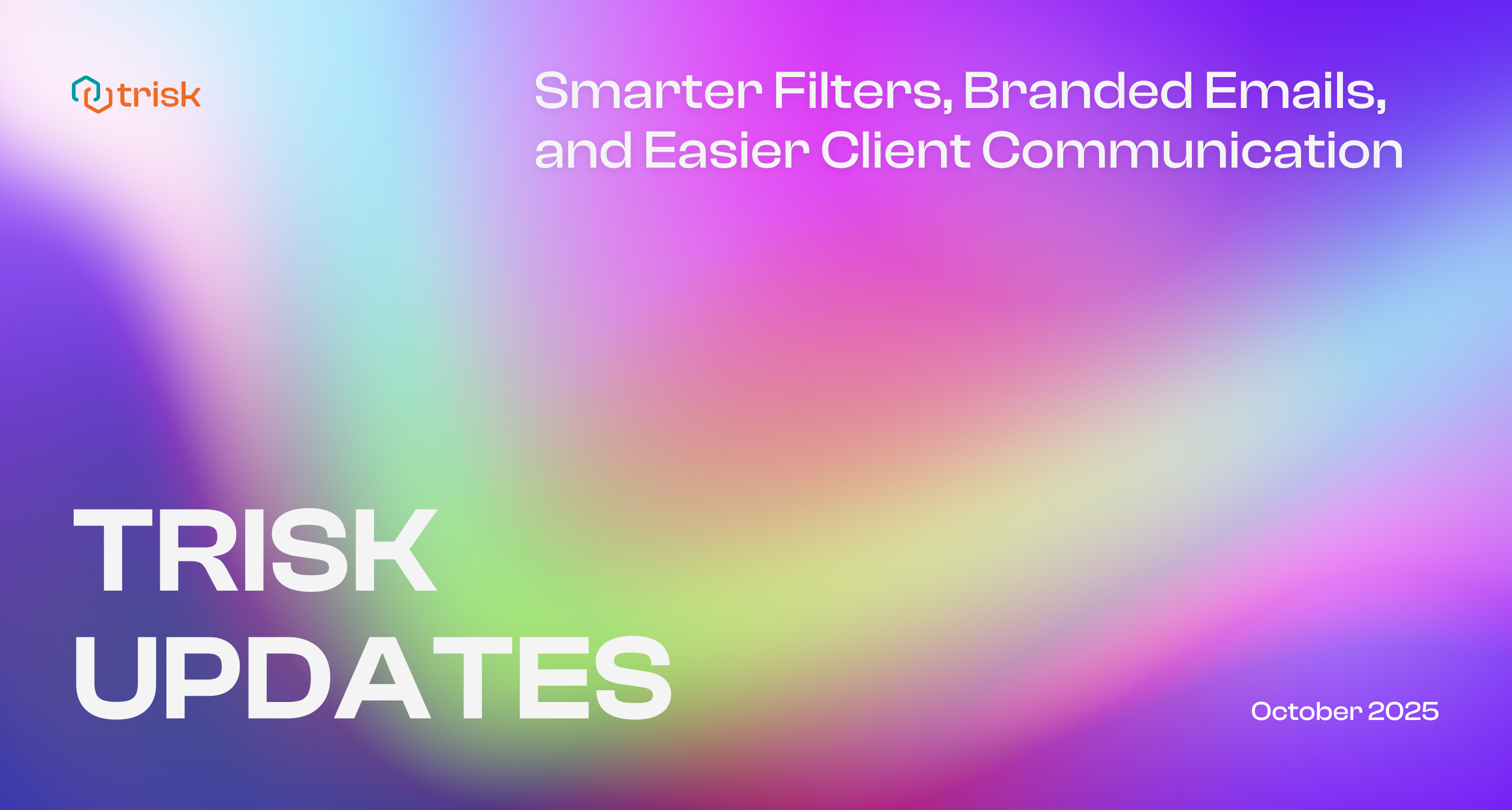In the fast-paced digital landscape, companies increasingly rely on third-party service providers, making the integrity of data handling a paramount concern. This highlights the relevance of SOC 2 (Service Organization Control 2), an audit report that evaluates the efficacy of a service provider’s controls over various aspects of their operations, such as security, availability, and privacy. For Trisk, a burgeoning company with limited resources, pursuing SOC 2 compliance was a milestone and a strategic enabler. This article explores what SOC 2 entails, its importance from inception, and the pros and cons of its adoption through the lens of Trisk’s challenging yet successful journey.
What if I challenge your organization that SOC 2 is feasible and won’t cost a fortune?
The statement isn’t to underplay the complexities and real costs associated with achieving and maintaining SOC 2 compliance. Moreover, in the following articles, we will go through the ongoing expenses and operational burdens of continuous monitoring and improvement. It is not a one-size-fits-all approach but rather a strategic guideline for companies intimidated by the uncertainties of the framework.
Understanding the SOC 2 framework
SOC 2 is not a badge of certification; it’s an intricate audit scrutinizing a service provider’s processes against the Trust Services Criteria (TSC) set by the American Institute of Certified Public Accountants (AICPA). It’s crucial for entities to manage data through third-party vendors like cloud or SaaS providers. The SOC 2 framework entails a set of controls targeted at data safety, sabotage prevention, risk assessment, and incident responses. Today, it is a critical competitive edge for any small-scale enterprise looking to carve out its space in the industry.
Pitfalls that can arise during the SOC 2 journey
Underestimation of Resources and Time: Achieving SOC 2 compliance often requires more time and resources than initially anticipated. Misjudgment of the effort needed for the thorough documentation, implementation of controls, and audit preparation leads to delays and increased costs.
Overlooking Company Culture and Training: Compliance is not just about ticking boxes; it’s about embedding practices into the company’s culture. Failing to train staff properly or to instill the importance of SOC 2 principles can result in non-compliance, even if the controls are formally in place.
Insufficient Documentation: SOC 2 requires detailed documentation of policies and procedures. Inadequate documentation can be a significant barrier to passing the SOC 2 audit, as auditors need clear evidence of controls and processes.
Scope Creep: During the SOC 2 process, there can be a tendency to overextend by adding more controls or procedures than necessary, leading to wasted resources and efforts that don’t contribute to compliance.
Neglecting Continuous Monitoring and Improvement: SOC 2 is not a one-time event; it requires ongoing monitoring and improvement. Some organizations may pass the initial audit but then fail to maintain the controls, leading to issues in subsequent audits.
Inadequate Incident Response Planning: SOC 2 requires a solid incident response plan. With it, you may be able to handle a data breach or other security incidents effectively, which can lead to compliance failures and damage to reputation.
Failing to Align SOC 2 Efforts with Business Objectives: SOC 2 compliance should support the organization’s business goals. Not aligning compliance efforts with these objectives can result in SOC 2 becoming a checkbox exercise rather than a meaningful improvement to security and operations.
As we chart the pitfalls of the SOC 2 compliance journey, we must confront the sobering reality of resource and time underestimation. The rigors of SOC 2—intensive documentation, comprehensive implementation of controls, and meticulous audit preparation—often shadow initial projections, leading to extended timelines and escalated costs. To prevent that, we will review the critical aspects and valuable insights to help you understand all the risks and budgeting strategies.
Organization’s pre-assessment
The journey starts not from the policies development, infrastructure changes, or risk assessment but from the organization’s pre-assessment. Before diving into the deep end of SOC 2 compliance, we engaged in a critical phase, a strategic evaluation designed to take stock of the company’s current posture and readiness for the compliance journey ahead. Our team started with cataloging internal services, understanding the scope and scale of its operations, and the data it managed. Parallel to this, a thorough review of the existing vendors was conducted, identifying which partners already boasted SOC 2 reports and which might influence Trisk’s compliance trajectory. This clarifies the company’s current state and highlights the interdependencies that could affect its SOC 2 endeavors.
Once we put together a list of the vendors and internal services, the next pre-step was to ensure the non-negotiable—encryption. With the increasing sophistication of cyber threats, our team prioritized evaluating its encryption strategies both ‘in-flight’ — as data traverses networks — and ‘at rest’ — while stored. Ensuring robust encryption standards were in place was a non-negotiable pre-assessment task, setting a precedent for the security measures to be assessed during the SOC 2 audit.
Revisiting the company structure and the roles within the organization was next. We identified the key roles and responsibilities, discerning what could be delegated and what required direct oversight. To make it bold, we didn’t have on-site or fractional CISO. This step was crucial in delineating the governance framework and ensuring that the right people were empowered to enforce and control SOC 2-related processes. Having that in hand, the essential exercise was to evaluate the team’s capacity to undertake the SOC 2 compliance process without derailing other business priorities. This involved the estimation of the team’s current workload, the milestones for the next three months, the ability to integrate SOC 2 tasks into their roles, and the potential impact on the company’s operational cadence. It was a balancing act of resource allocation, ensuring that the pursuit of compliance did not compromise the core business functions.
Governance as a Team Sport
Our success hinged on the principle that governance is not a siloed function but a team sport. Every department and team member was encouraged to internalize the TSC and understand how their individual roles impacted the company’s compliance posture, a collective approach that ensured governance principles were not only developed but also actively enforced and controlled across the team. Trisk’s real victory was establishing an operations culture that prioritized security and privacy as default, not as an afterthought. It’s about creating an environment where every action and decision is made with compliance in mind.
Be careful with the desired outcome
While the tangible outcomes of SOC 2 compliance — like improved risk management and client trust — are paramount, the intangible ones are equally significant. The journey toward SOC 2 compliance is often viewed through the lens of audits, controls, and certifications. In simple words, the achievement, like winning the NBA season. However, the true desired outcome transcends these tangible milestones. SOC 2 is fundamentally about establishing a culture of operational excellence deeply embedded in the company’s DNA from day one. This cultural pivot is essential, as the efficacy of compliance cannot rest solely on the shoulders of the CISO or CTO; it must be a collective endeavor permeating every level of the organization.
For instance, in Trisk, we challenged ourselves about the goal and why we want to be in compliance: weave the governance principles of SOC 2 into the very fabric of the company. This meant establishing a shared understanding that every team member is a custodian of the company’s data integrity and security. This cultural shift required clear communication, ongoing education, and a shared sense of responsibility.
It’s tempting, but what are the steps to take?
Set Clear Goals: Decide early if you want to just get by in audits or truly integrate security thinking into your company culture. These paths diverge distinctly, each demanding a dedicated strategy and commitment.
Get Leaders on Board: Ensure top-level executives understand and support SOC 2. Explain how it aligns with business goals and affects the company’s reliability.
Know Your Vendors: Inventory your service providers to pinpoint potential compliance allies. Reach out to the sales department of your cloud provider to access the SOC 2 reports. A simple query can cut down both your audit preparation time and expenses.
Understand Your Setup: If AWS, Azure, or GCP forms the backbone of your infrastructure, you’re in for a treat. Set up on lucid.app, sync your cloud services, and employ Lucidscale to sketch a network diagram. This visual aid is instrumental in clarifying your current operational landscape.
Make Compliance Natural: Don’t just rely on training sessions. Build a workplace where security practices are a regular part of the job, and empower your team with automated tools to enhance security practices seamlessly, ensuring that operational agility is maintained.
Conclusion
I hope you’ve read to this point and realize that with strategic planning and a genuine commitment to operational integrity, even smaller organizations can achieve SOC 2 compliance. This is not just about meeting a standard; it’s about embedding a security mindset into every aspect of your operations, turning what might seem like an overwhelming challenge into a sustainable practice. The key takeaway is that SOC 2 is accessible. It’s a process that calls for a shift in perspective—viewing security as a core business strategy rather than a regulatory hurdle. For companies with limited resources, the journey to SOC 2 compliance is an opportunity to build trust and carve out a competitive edge in a landscape where data security is paramount. In forthcoming articles, we will explore the practical steps in selecting compliance partners, developing policies reinforcing organizational culture, and sharing lessons from our infrastructure preparedness.
What comes next? In the following articles, I will cover:
— How to pick the right partner in crime: Drata, Vanta, Secureframe, Hyperproof, and others
— Efficient but concise policies to empower organizational culture
— Don’t reinvent the wheel: Risk assessment and incident response plan
— Learn from our mistakes: Infrastructure readiness starting from day one


